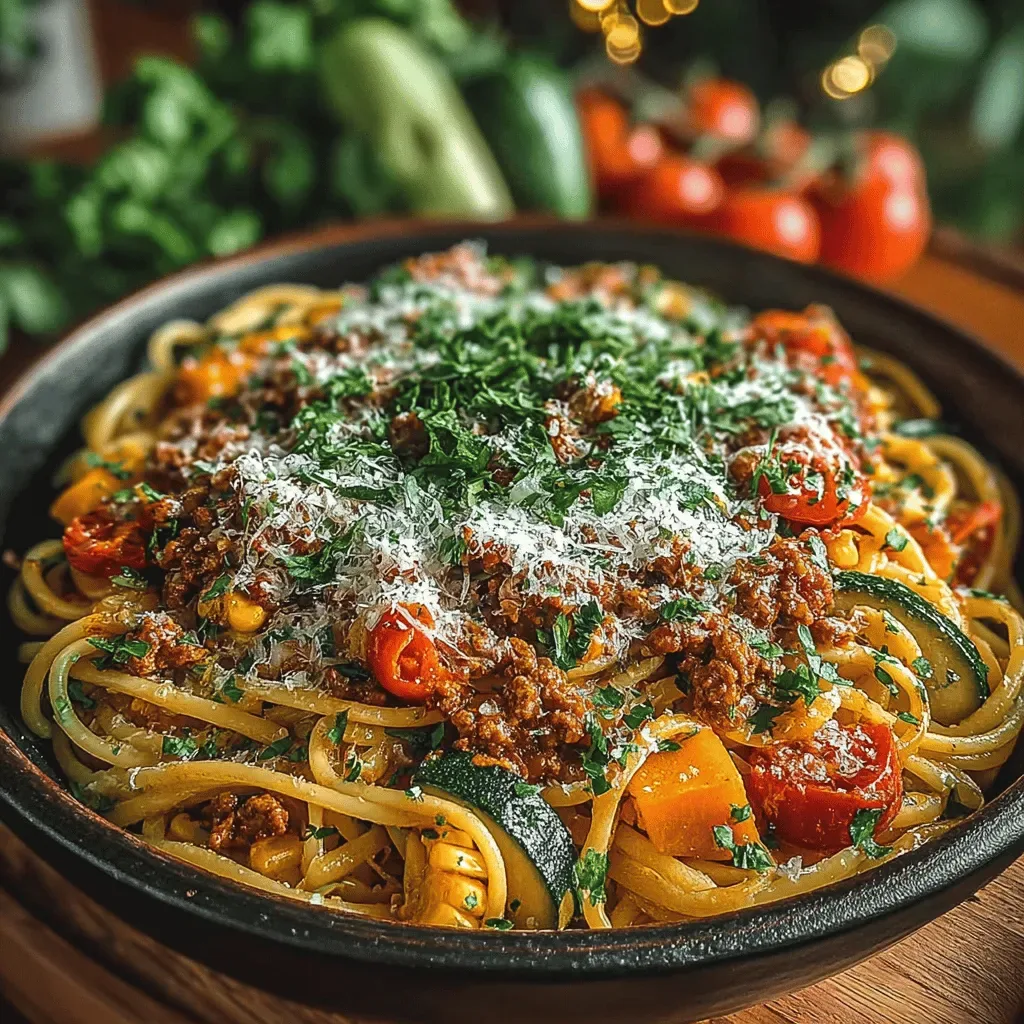Imagine the satisfying crunch of a fresh dill pickle, amplified by a light, airy coating that shatters with every bite. Crunchy Dill Pickle Air Chips turn a humble snack into a playful adventure that feels both indulgent and surprisingly wholesome.
What makes these chips stand out is the use of a batter built from chickpea flour and cornstarch, which creates a puffed, feather‑light texture without deep frying. A dash of dill, garlic, and smoked paprika locks in the classic pickle tang while adding layers of depth.
Snack lovers, party hosts, and anyone craving a guilt‑free bite will adore these chips. They shine as a game‑night finger food, a crunchy side for sandwiches, or a bold topping for salads.
The process is straightforward: slice the pickles, dip them in a seasoned batter, then blast them in a hot air fryer until golden and crisp. In just 35 minutes you’ll have a bowl of addictive, crunchy goodness.
Why You'll Love This Recipe
Irresistible Crunch: The air‑fryer creates a delicate, puffed crust that delivers a satisfying snap, far superior to baked‑only alternatives.
Fresh Dill Flavor: Real dill and garlic powder infuse each chip with the bright, tangy notes you expect from a classic pickle.
Health‑Conscious: Using chickpea flour adds protein and fiber while the air‑fryer cuts oil usage dramatically.
Speedy & Simple: Minimal prep and a single cooking method make these chips perfect for spontaneous cravings or quick entertaining.
Ingredients
The foundation of this snack is the fresh dill pickle, which provides the briny backbone. Chickpea flour and cornstarch form a light batter that puffs up in the air fryer, while a blend of herbs and spices amplifies the pickle’s natural zing. A quick spray of oil helps the coating turn golden without drowning the chips in fat.
Main Ingredients
- 2 large dill pickles (about 12‑oz)
- 2 ½ cups chickpea flour
- ½ cup cornstarch
Batter & Liquid
- 1 ½ teaspoons baking powder
- ¾ cup cold sparkling water
- 2 tablespoons olive oil (plus extra for spray)
Seasonings
- 1 teaspoon garlic powder
- 1 teaspoon onion powder
- ½ teaspoon smoked paprika
- 1 teaspoon dried dill (or 2 tablespoons fresh chopped dill)
- ½ teaspoon sea salt
- ¼ teaspoon freshly ground black pepper
These components work together to create a chip that’s crisp on the outside yet tender inside. Chickpea flour supplies a nutty backbone and a protein boost, while cornstarch guarantees a light, airy texture. The sparkling water adds carbonation, which expands the batter during the hot air‑fry, producing that signature puff. The dill, garlic, and smoked paprika lock in the classic pickle flavor, ensuring each bite bursts with familiar tang and a hint of smoky warmth.
Step-by-Step Instructions

Preparing the Pickles
Slice each dill pickle into ¼‑inch rounds, discarding the ends. Pat the slices dry with paper towels; excess moisture would prevent the batter from adhering and could steam the chips, leaving them soggy. Once dry, set the rounds on a plate and lightly drizzle with 1 tablespoon olive oil, tossing to coat evenly.
Mixing the Batter
In a medium bowl whisk together chickpea flour, cornstarch, baking powder, garlic powder, onion powder, smoked paprika, dried dill, salt, and pepper. Create a well in the center and slowly pour in the sparkling water while whisking, producing a smooth, lump‑free batter. The carbonation will create tiny bubbles that expand during cooking, giving the chips their airy structure.
Air Frying the Chips
- Preheat the Air Fryer. Set your air fryer to 400°F (200°C) and let it heat for 3 minutes. A hot environment ensures immediate puffing when the batter hits the basket.
- Coat the Pickle Rounds. Dip each oil‑lightened pickle slice into the batter, allowing excess to drip off. Place the coated slices in a single layer in the air‑fryer basket; avoid overlapping to keep each chip crisp.
- Light Spray. Using a spray bottle, mist the tops with a fine mist of olive oil. This thin layer promotes even browning without drowning the chips in fat.
- Cook. Air fry for 8‑10 minutes, shaking the basket halfway through. The chips are done when they have turned a golden‑amber hue and feel firm to the touch.
- Cool Briefly. Transfer the chips to a wire rack and let them sit for 2‑3 minutes. This rest period allows the interior steam to escape, preserving the crisp texture.
Finishing Touches
While the chips are still warm, sprinkle a pinch of extra sea salt and a few fresh dill fronds for color. Serve immediately with a side of cool ranch dip or a tangy yogurt sauce for contrast. The chips retain their crunch best when eaten within an hour of cooking.
Tips & Tricks
Perfecting the Recipe
Dry Pickles Thoroughly. Moisture is the enemy of crispness; pat each slice dry for at least 30 seconds to ensure the batter adheres and fries properly.
Don’t Overcrowd the Basket. Give each chip space to circulate hot air; overcrowding leads to steaming and a soggy result.
Use Cold Sparkling Water. The colder the liquid, the larger the bubbles that form during frying, creating a lighter texture.
Shake Halfway Through. A quick shake at the 5‑minute mark flips the chips for uniform browning on both sides.
Flavor Enhancements
Add a squeeze of fresh lemon juice right after cooking for a bright pop. For heat lovers, a pinch of cayenne or red‑pepper flakes in the batter adds subtle spice without overpowering the dill. Finish with a drizzle of garlic‑infused olive oil for extra richness.
Common Mistakes to Avoid
Skipping the oil spray can leave the coating dry and uneven. Likewise, using still water instead of sparkling water reduces the batter’s lift, resulting in dense chips. Finally, serving the chips immediately is key—waiting too long lets steam soften the crunch.
Pro Tips
Batch Fry in Layers. If you have many slices, fry in two or three short batches rather than one overloaded batch for consistent texture.
Season While Warm. Salt adheres better to hot chips, ensuring every bite is perfectly seasoned.
Keep a Wire Rack Handy. Cooling on a rack prevents steam from making the bottom soggy.
Use a Fine‑Mist Sprayer. A light, even mist of oil is all you need for golden color without excess grease.
Variations
Ingredient Swaps
Swap dill pickles for sweet bread‑and‑butter pickles for a milder, sweeter chip, or use pepperoncini for a spicy bite. Replace chickpea flour with rice flour for a gluten‑free version, or blend half almond flour for added nuttiness. Adjust the herbs—swap dill for tarragon or basil for a fresh twist.
Dietary Adjustments
For a vegan diet, ensure the oil spray is plant‑based (e.g., avocado oil). Gluten‑free eaters should verify the chickpea flour is processed in a gluten‑free facility and use certified gluten‑free cornstarch. To lower carbs, halve the flour amounts and increase sparkling water, yielding a lighter chip with fewer calories.
Serving Suggestions
Pair the chips with a cool herb‑yogurt dip, a spicy sriracha mayo, or a classic ranch dressing. They also make a crunchy topping for loaded nachos, salads, or a charcuterie board. For a playful appetizer, serve on a platter with assorted pickles and olives for a briny tasting flight.
Storage Info
Leftover Storage
Allow the chips to cool completely, then place them in an airtight container lined with a paper towel to absorb residual moisture. Store in the refrigerator for up to 2 days. For longer keep, freeze in a single layer on a baking sheet, then transfer to a zip‑top bag; they’ll stay fresh for 2‑3 months.
Reheating Instructions
Re‑crisp frozen or refrigerated chips by spreading them on a baking sheet and heating in a 375°F (190°C) oven for 5‑7 minutes, or pop them back into the air fryer at 350°F for 3‑4 minutes. Avoid microwaving, which makes them soggy.
Frequently Asked Questions
Crunchy Dill Pickle Air Chips bring together bright pickle tang, a feather‑light batter, and a quick air‑fry for a snack that feels both indulgent and smart. You now have every detail—from ingredient choices to storage tricks—to make them a regular fixture in your snack arsenal. Feel free to experiment with herbs, spices, or alternate pickles; the sky’s the limit for creativity. Enjoy the satisfying crunch and share the fun with friends and family!











